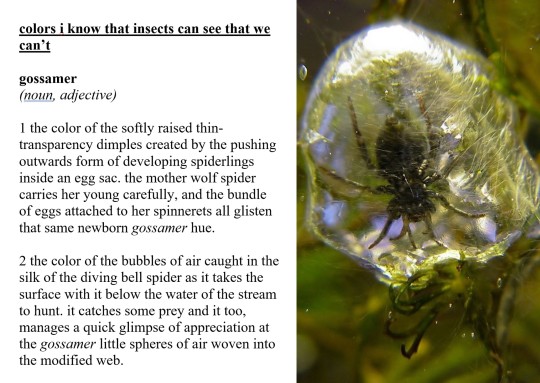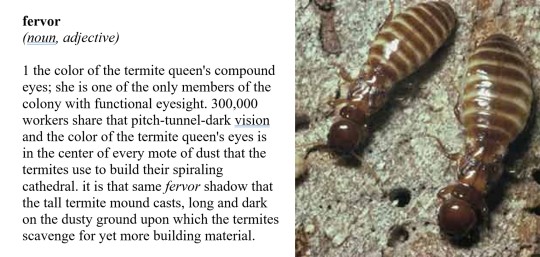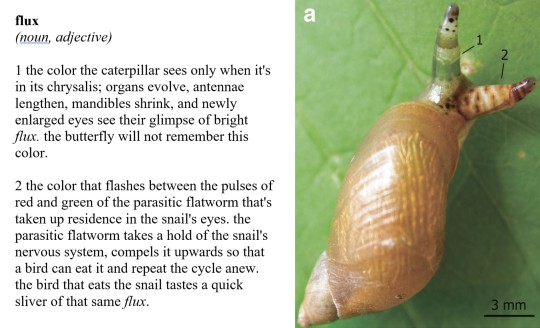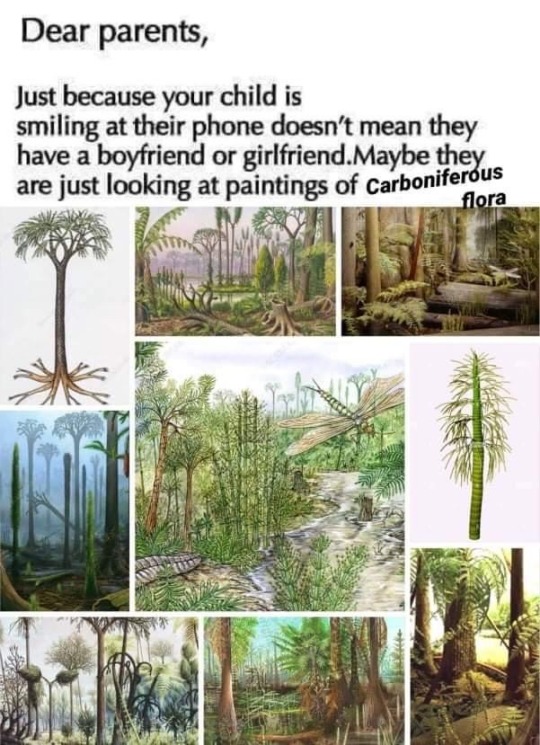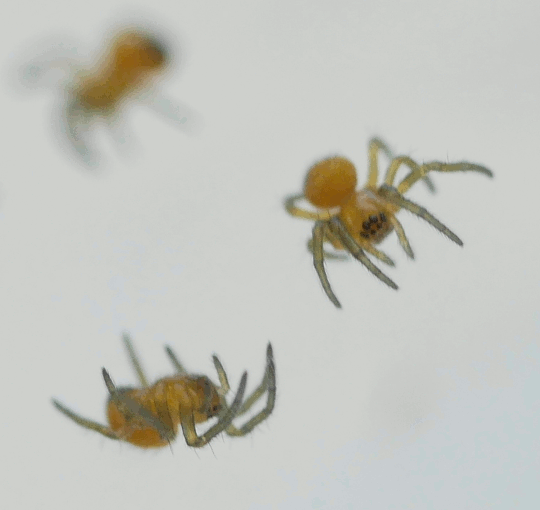Mick || 15.03.99 || NZ || I'm an entomologist and ecologist working on my MsC looking at pest management and insect behavior! Feel free to ask me any questions about biology and stuff. Can't always guarantee I'll know much but I will try for u💗🐜
Don't wanna be here? Send us removal request.
Photo


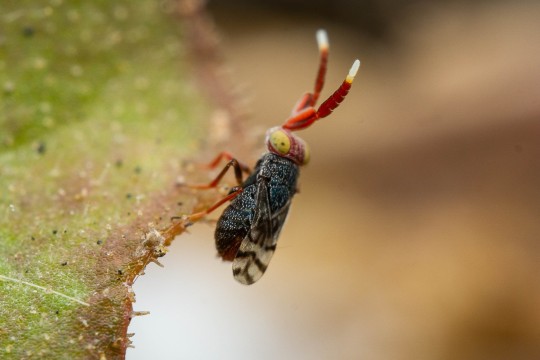
Encyrtid parasitoid wasp, Dicarnosis erythrocephala, Encyrtidae, Chalcidoidea
Some species of Encyrtid wasps exhibit a remarkable developmental phenomenon called polyembryony, in which a single egg multiplies clonally in the host and produces large numbers of identical adult wasps. Even more remarkably, some of the larvae are larger than the others and act in a similar way to the soldiers of eusocial insects, attacking any other wasp larvae already in the body of the host, and dying without reproducing (see: biological altruism).
Photographed in Arizona by froggy143
1K notes
·
View notes
Photo
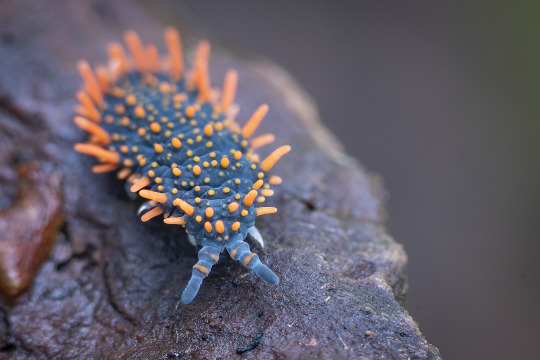
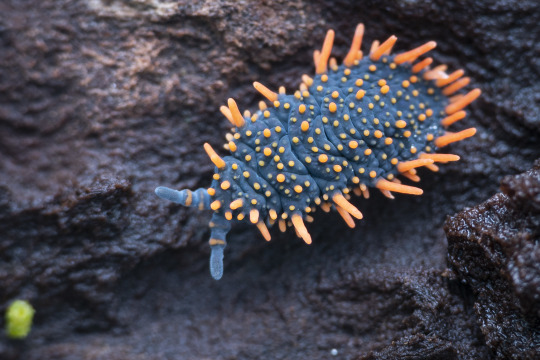
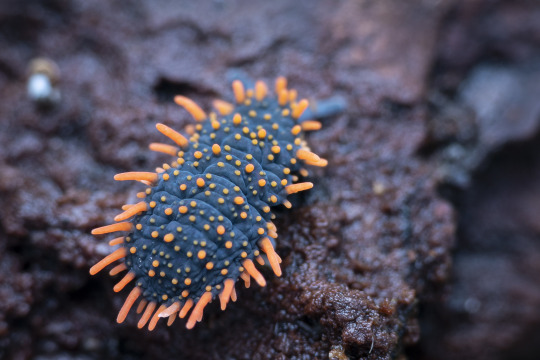
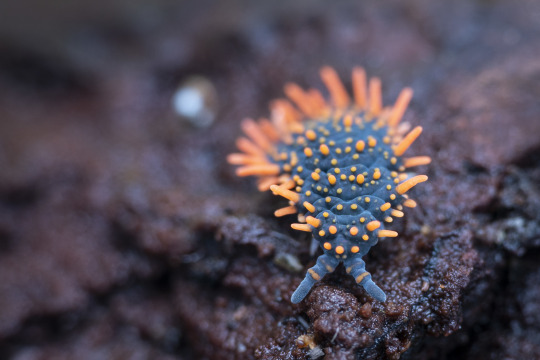

Short-legged Springtail, Holacanthella paucispinosa, Neanuridae
Photographed in New Zealand by damienbr
5K notes
·
View notes
Photo

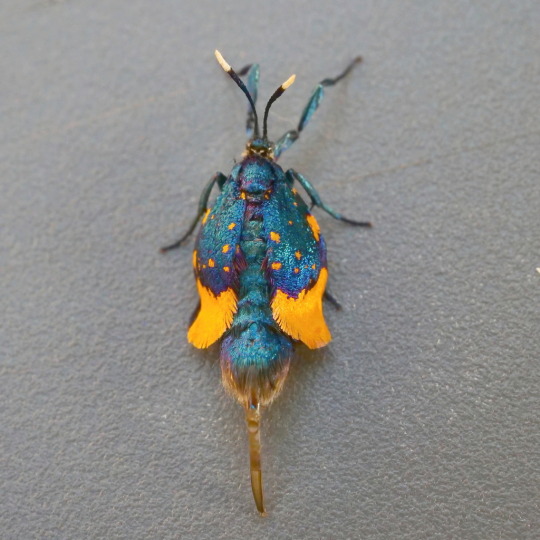
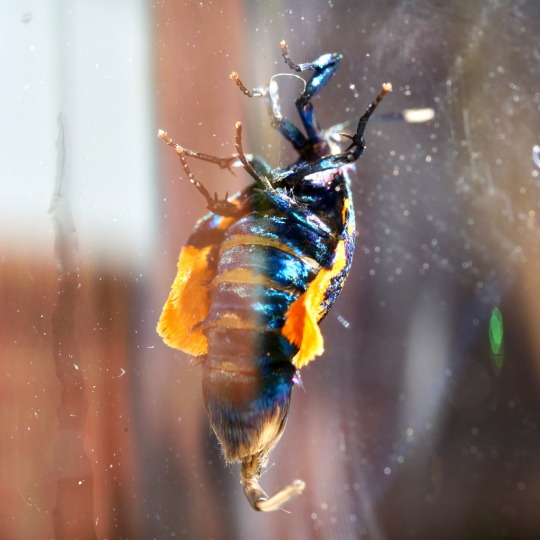


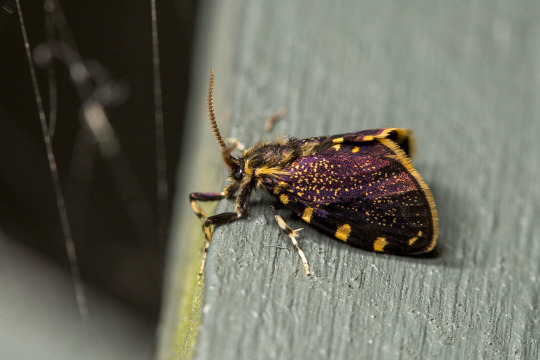
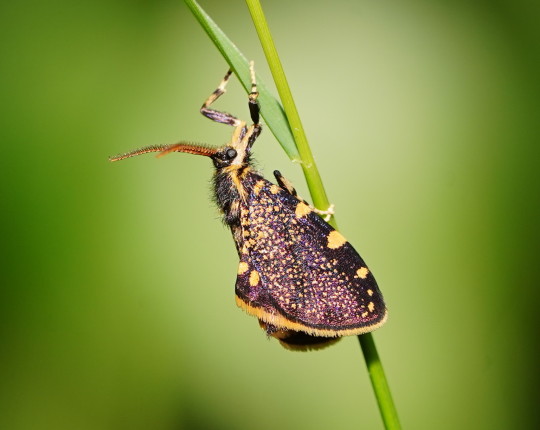

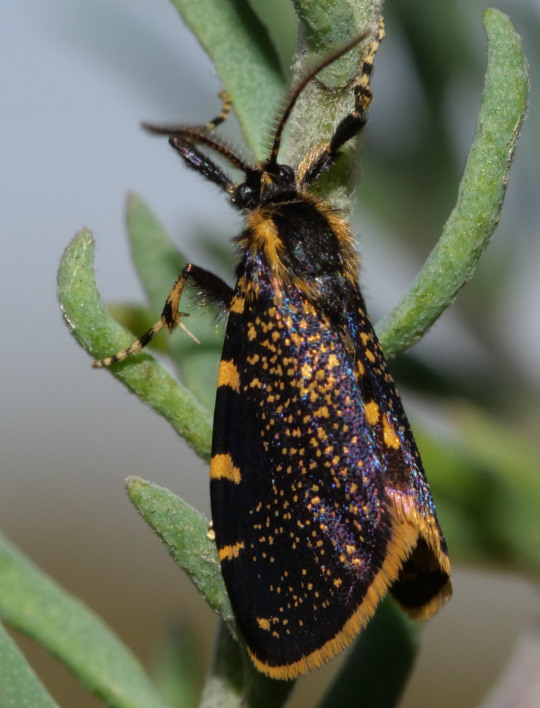
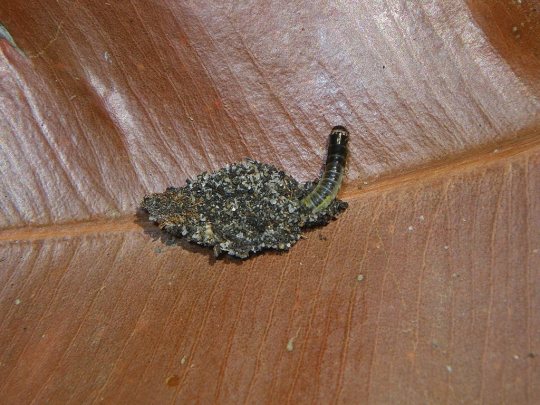
Australian bag moth, Cebysa leucotelus, Psychidae
Found in the southern half of Australia and in New Zealand. 1-5 are females (which are flightless), 6-9 are males, and 10 is a caterpillar in its case made from silk and environmental debris.
Photos 1-3 by bernie-l, 4 by naturewatchwidow, 5 by reiner, 6 by chrismoody, 7-8 by reiner, 9 by triplett, and 10 by johneichler
1K notes
·
View notes
Photo
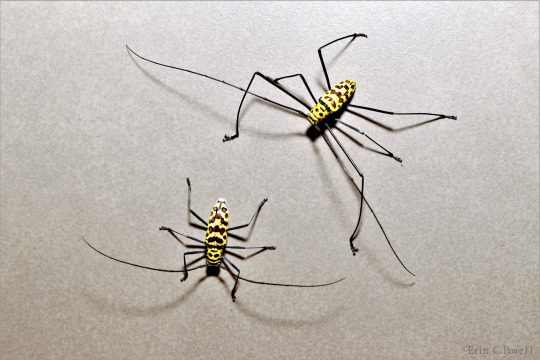

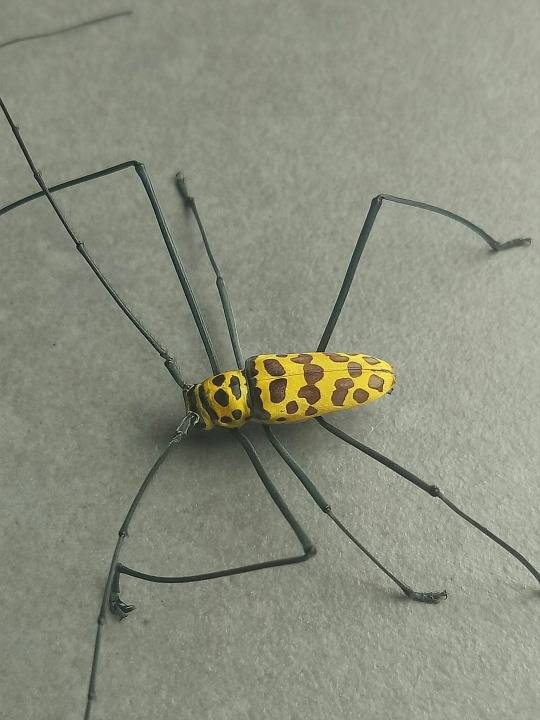

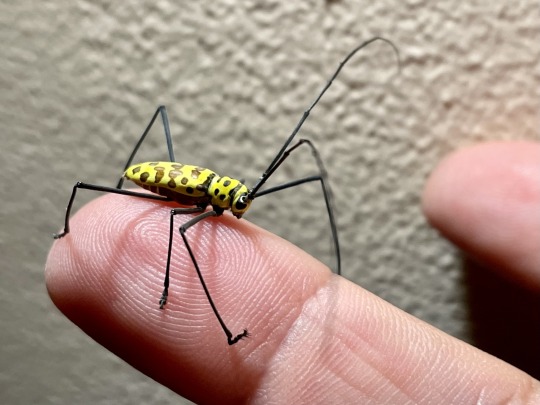

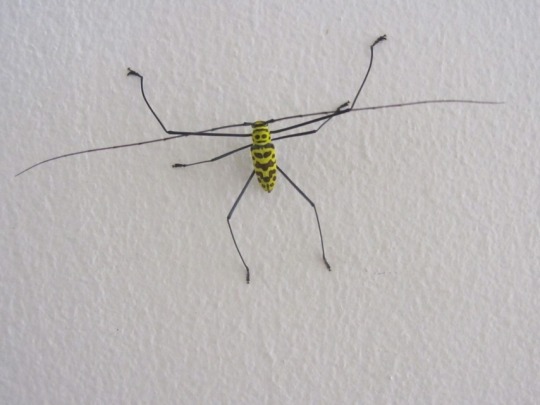
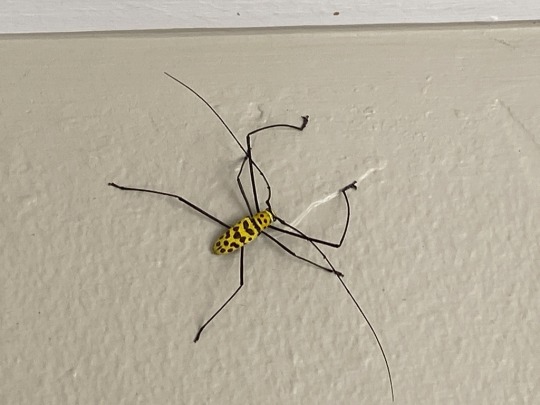

Wood Crane Longhorn Beetle, Gerania bosci, Cerambycidae
Found in Southeast Asia. Photo 1 shows a male with elongated appendages (top) and female (bottom).
Photo 1 by erincpow, 2-4 by paul_griffith1, 5-6 by rungsrit, 7 by femketb, 8 by moseschamp, and 9 by jackychiangmai
939 notes
·
View notes
Video
tumblr
periodic reminder that Celyphid flies exist and are one of the most powerful animals on this earth
14K notes
·
View notes
Photo

Opabinia (Opabinia regalis) another unique arthropod from the Cambrian period, noted for its five eyes and proboscis.
From David Attenbrough’s First Life watch it like right now!
23K notes
·
View notes
Photo
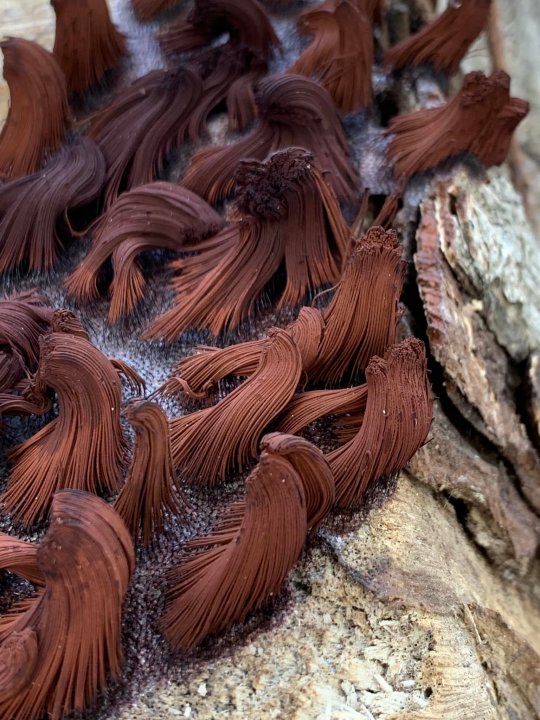
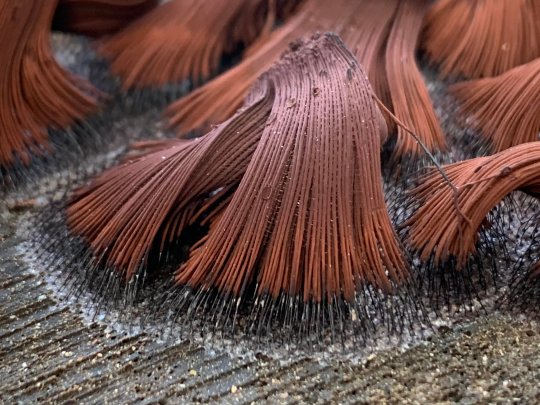

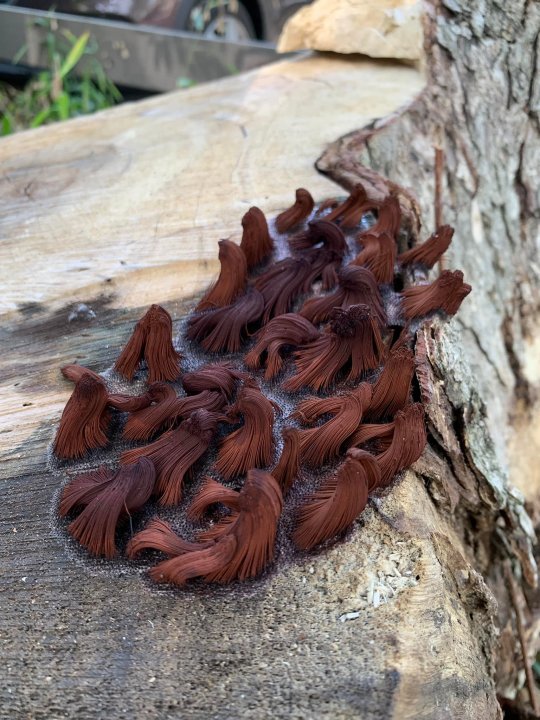
Chocolate tube slime, Stemonitis sp., a species of plasmodial slime mold, growing on a log at a nature center in Houston, TX, USA.
photograph by Paxon Kale CC
4K notes
·
View notes
Text
Submitted by @toastmgoats without comment. Velvet worms are SO SO good, thank you for sharing!
5K notes
·
View notes
Photo
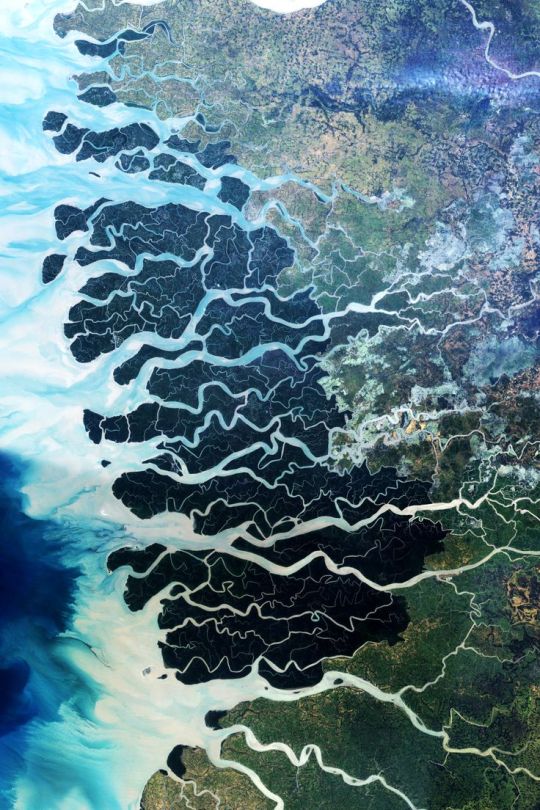
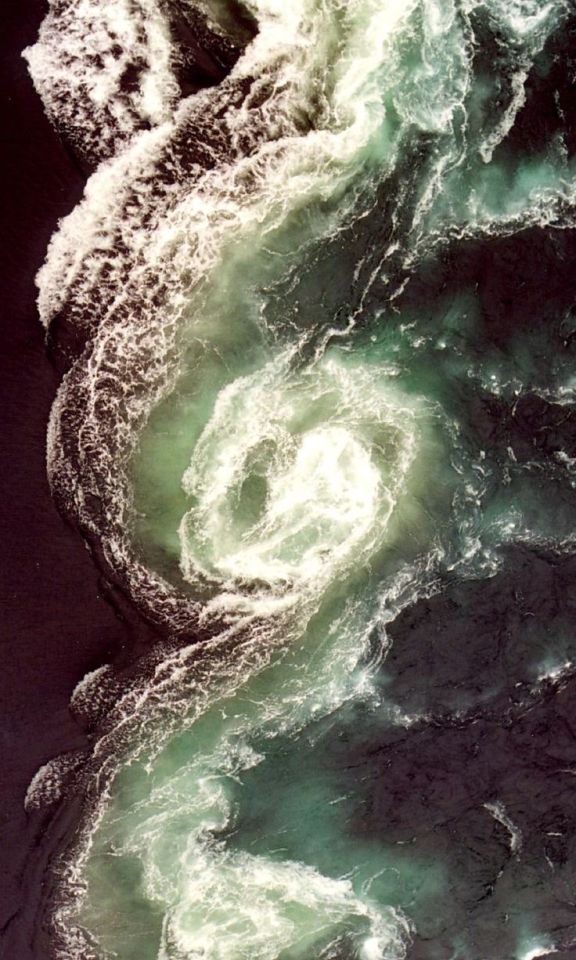
The Sundarbans is the largest single block of tidal halophytic mangrove forest in the world which covers parts of India and Bangladesh by NASA // Saltstraumen Maelstrom, Norway
19K notes
·
View notes
Photo
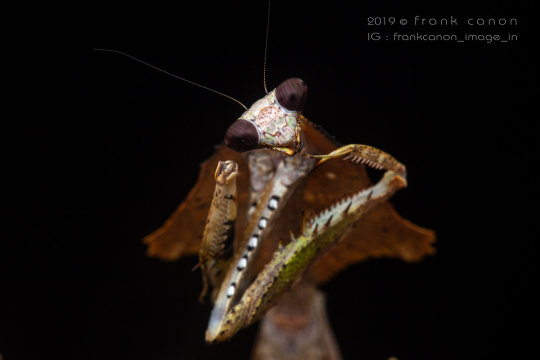
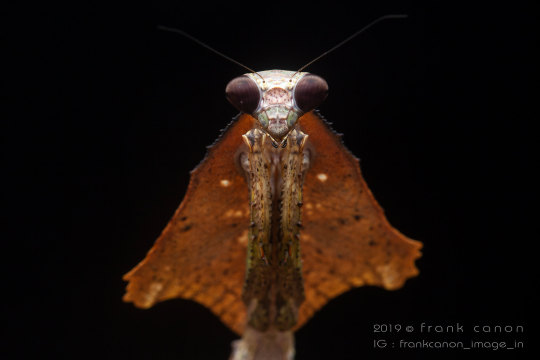

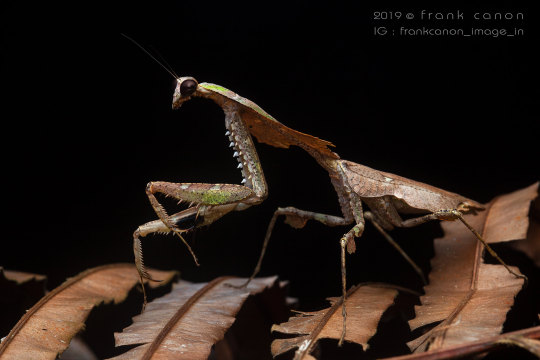
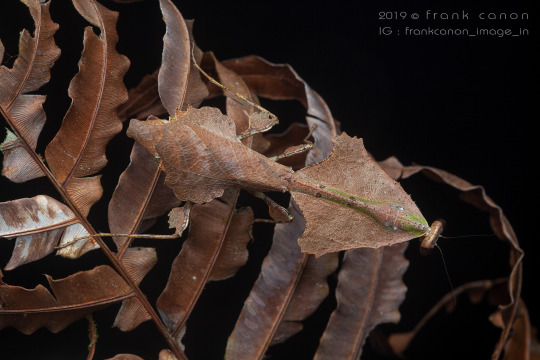

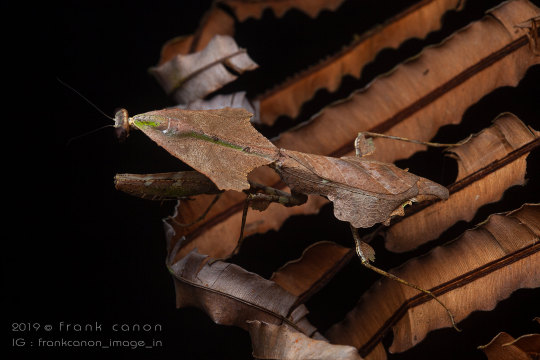
Asian dead leaf mantis, Deroplatys trigonodera, Deroplatyidae
Found in Southeast Asia
Photos by Frank Deschandol // Instagram
Shared with permission; do not remove credit or re-post!
1K notes
·
View notes
Photo
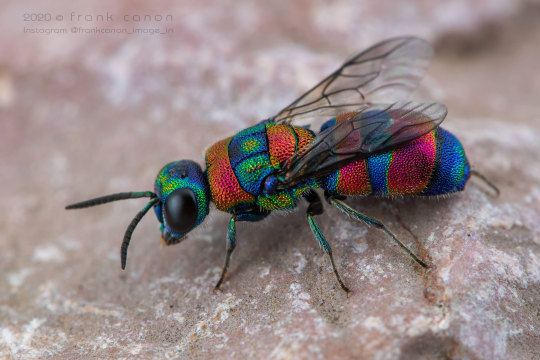

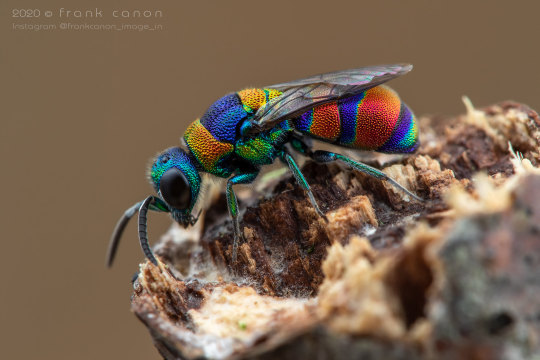

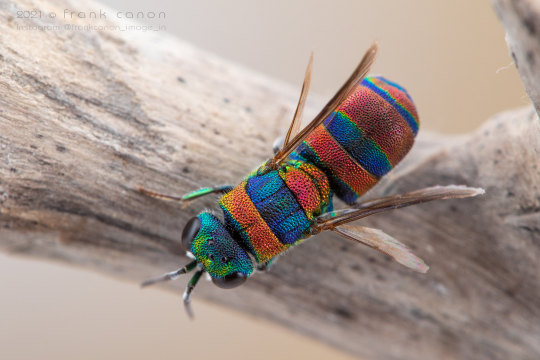

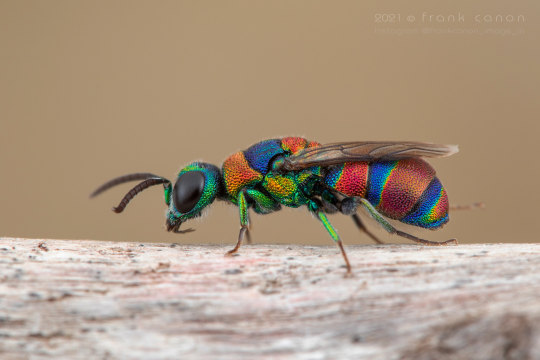
Cuckoo wasp, Chrysis semicincta, Chrysididae
Photographed in France by Frank Deschandol // Instagram
Shared with permission; do not remove credit or re-post!
6K notes
·
View notes
Video
youtube
It’s that time of year!
Thanks to @thebluehue22 for reminding me this exists :)
718 notes
·
View notes
Note
Hey bogleech, if nematodes are so incredibly abundant and such, why are all but the parasitic species so small? Seems like your expect at least one species of free-living nematode to be like, visible? Surely if flatworms can do it, nematodes can?
Being big is basically one of the harder things to evolve for, so if something is successful at a tiny size, it's going to usually stick to that trend! Most arachnids are mites you can barely see and most insects are smaller than grains of rice. Most mammals and reptiles are tiny compared to their prehistory too of course, but it is interesting that there aren't even like "earthworm" sized free-living nematodes I can think of. Maybe it has to do with their body structure. Unlike softer worm-shaped animals, the surface of a nematode is actually an exoskeleton, a single tubular one that's flexible like plastic. Maybe that just isn't efficient for living in soil or water at any larger size, or takes more energy to build, so they can only get really massive when they have the continuous nutrient exposure of a parasitic lifestyle?? I do wish they were huge though because they just look so radical.

Apparently this is a juvenile Golovatchinema!
495 notes
·
View notes
Text
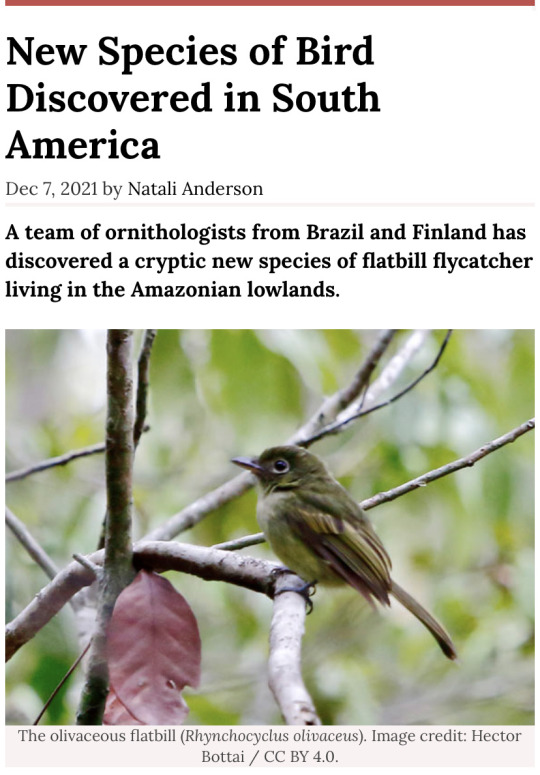
HELL YEAH!!! WELCOME CRYPTIC FLATBILL!!! (YES THAT IS ITS NAME!)
4K notes
·
View notes

